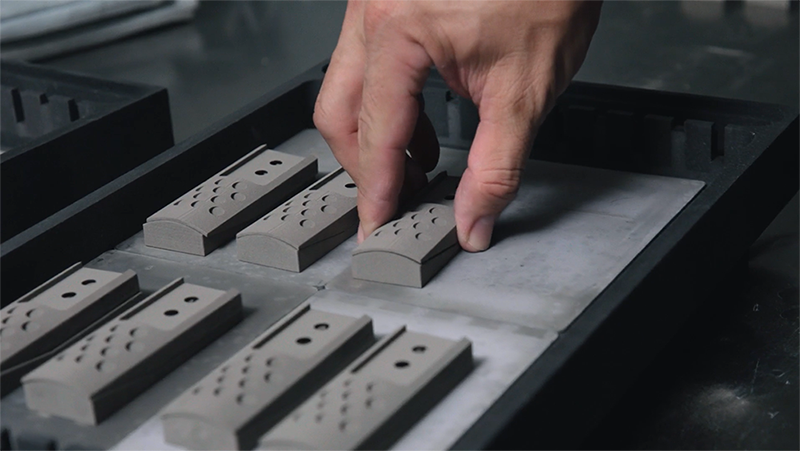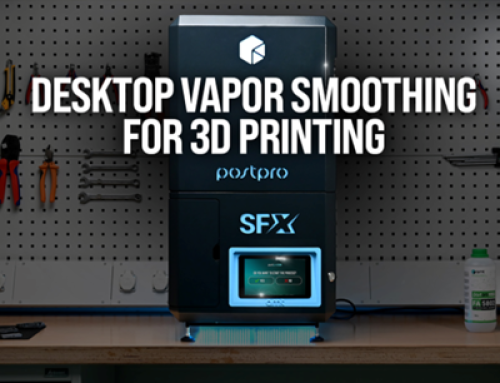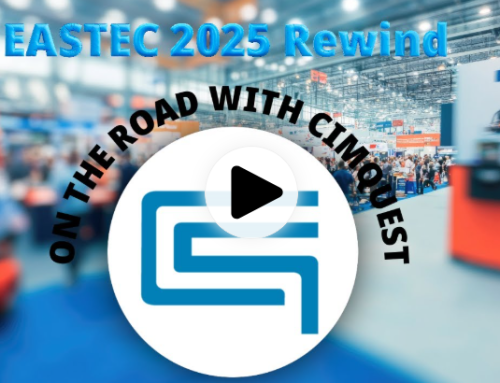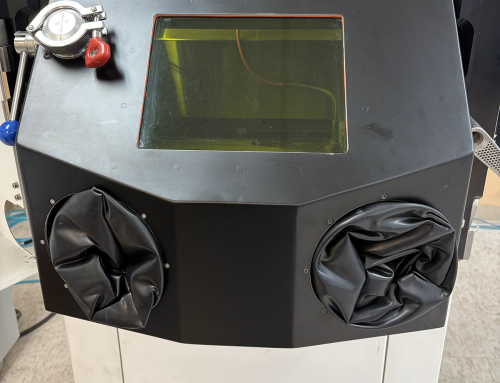reprint from 3D Printing Industry
PGV cut lead times by up to 80% using Desktop Metal 3D Printing technology
PGV Industries, a Karnes City, Texas-based industrial equipment manufacturer, has begun integrating additive manufacturing technology into its day-to-day operations for the first time. Since recently installing one of Desktop Metal’s Shop System metal binder jet 3D printers, the firm has managed to remedy a number of issues it faced with traditional manufacturing techniques.
As well as slashing manufacturing costs and lead times by as much as 80%, PGV has also reportedly benefitted from freed up internal production capacity and streamlined inventory management. Ramon Perales, President of PGV Oil Tools, said,
“Energy itself is changing. As we’re moving forward, we want to make sure we aren’t reinvesting in legacy equipment, but in equipment that can take us to the future instead.”

PGV’s Shop System 3D printer in the PGV Lab. Photo via Desktop Metal.
The problem with traditional manufacturing
Founded in 1983, PGV Industries has spent almost four decades manufacturing industrial parts for the oil and gas, aerospace, and medical sectors. Up until recently, the firm relied exclusively on conventional production techniques such as CNC machining.
Some of the most immediate shortcomings of traditional manufacturing techniques are in the tooling costs and lead times. Machining, casting and forging all require specialist manufacturing tooling and fixturing, which can often cost up to tens of thousands of dollars and take several months to manufacture.
Additionally, a company’s reliance on manufacturing tooling can have profound effects on its ability to rapidly respond to new or changing customer requirements. This lack of agility makes part design iterations significantly more challenging than they need to be since a new design ultimately means starting from scratch.
The long lead times associated with traditional manufacturing can also lead to further logistical costs. Compared to additive manufacturing, there may be more parts, materials, and other inventory in storage at any one time, which requires physical warehouse space and inventory management efforts.
Pivoting to additive manufacturing
As part of its plan to revamp its workshop, PGV opted for Desktop Metal’s Shop System after an extensive program of benchmarking and testing. The metal binder jet 3D printer reportedly impressed with its ability to yield excellent mechanical part properties, including strength, ductility, and hardness. The high print quality of the system also meant that PGV would largely be able to eliminate the need for post-processing, delivering parts straight from the furnace to their end-use applications.
The company has already used its new additive manufacturing capabilities to 3D print a wide variety of parts for customers in the oil and gas sector. This includes tool slips, tubing anchors, and pistons – all of which are crucial in high-stress oil extraction processes.
By pivoting from CNC machining to binder jetting, PGV has managed to cut lead times on some of its parts by up to 80%. In some cases, jobs that used to require up to five different machining steps can be 3D printed in just one. Additionally, the move to on-demand production has enabled the company to cut its part inventory down by around 50%. This greatly reduced the need to warehouse and track large volumes of parts, allowing the firm to store designs digitally instead.
Ultimately, the Shop System has provided PGV with a new, more efficient route to part production. The company can print parts, test them under real-world conditions, and iterate on the designs much faster – all in a tool-free manner.

PGV’s Shop System 3D printer in the PGV Lab. Photo via Desktop Metal.
Additive manufacturing is seeing increasing adoption rates in the oil and gas sector, with more and more standards and applications being developed every year. Earlier this month, energy giant Royal Dutch Shell became the first company in Europe to obtain CE certification from a third-party authority for a part 3D printed in-house. The part in question is a 3D printed pressure vessel that has been certified in accordance with the European Pressure Equipment Directive (PED).
Elsewhere, the American Petroleum Institute (API) recently unveiled a new standard designed to advance additive manufacturing within the oil and gas sector. With the launch of ‘Standard (Std) 20S,’ the API has effectively introduced three-tiered criteria, which sets out the technical, quality, and qualification requirements for 3D printing end-use-ready rig parts.
Click below for more information on Desktop Metal 3D printers.







Leave A Comment